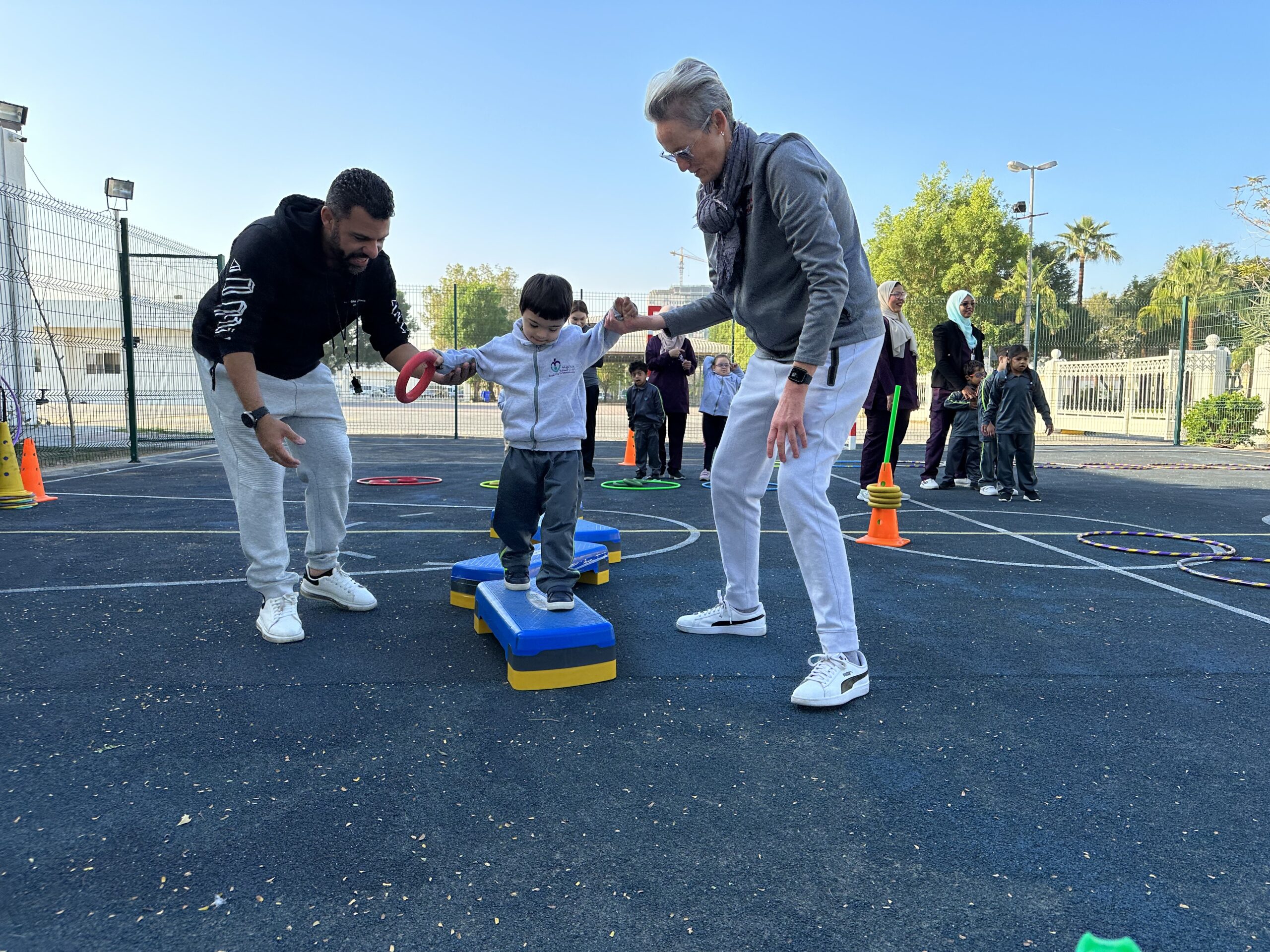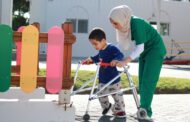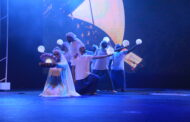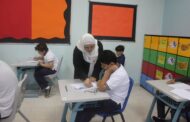Review paper -Part2
By Dr Ali Saber Mohamed
Neurology and Psychiatry consultant
Alisaber63@gmail.com
2023
Physical activity interventions for children with autism spectrum disorder – part 1
Martial arts:
Among the physical activities that help to treat ASD are martial arts routines, which can coordinate the body movements . strengthen the coordination of the whole body –hand-eye-body method, and promote the healthy development of body and mind ( 11 ). How ?
1-Children with autism are generally reluctant to contact people , and their response is relatively slow. Martial arts routines emphasize learning from opponents, attacking and defending , advancing and retreating. Therefore, having children practice martial arts moves can improve their reaction speed.
2-Children with autism are more resistant to changes in the environment. their behavior is more rigid, and they often make some repetitive actions. Martial arts movements are mostly flexible and focus on the combination of movement and stillness, therefore can enhance children physical coordination.
3-Children with autism often shake their hands constantly and have poor control ability, while martial arts have their own set of movement paradigms.
Martial arts include : karate , judo, aikido, taekwondo programs, etc (Stamenkovic A et al, 2022).
After 12 weeks Karate training, the intervention group showed greater socio-emotional competence such as communication, cooperation and engagement better executive functioning ability such as cognitive flexibility, inhibitory control and working memory, and a lower aggressiveness, sadness, anxiety and hyperactivity (Greco G and DeRonzi R, 2020) . Teaching Karate techniques to children with Autism Spectrum Disorder leads to significant reduction in their communication deficit (Fatimah B et al, 2016).
Kata is a pattern of martial arts movements practiced as a way to memorize and perfect execution. After 14 weeks Kata techniques training, there were improvement in social interaction (Movahedi A et al, 2013). Also, Kata techniques training consistently decreases stereotypy in children with Autism Spectrum Disorder (Fatimah B et al, 2012).
Taekwondo is a kind of martial arts that involves punching, kicking, jump kicks, and use of hands and feet to attack or defend (Fong SS, Ng GY, 2011) . Taekwondo training is a funny, feasible, and effective therapeutic option for balance improvement of children with Autism Spectrum Disorder (Yumi Kim et al, 2016). The effects of Taekwondo training on balance have also been investigated in children with developmental coordination disorder, who demonstrate similar motor delays and balance deficits as children with Autism Spectrum Disorder with successful results (Fong SS et al ,2013 ).
Participation in Taekwondo appears to speed up the development of postural control and vestibular function in adolescents (Fong SS et al,2012). An increase in knee extensor muscle strength and standing on one leg during kicking can be considered a reason for improving posture control (Rabeeh Hariri et al, 2022).
Aquatic Therapy:
Water–based exercises differ from land-based ones, considering the water’s frictional force and buoyancy. In addition, training in water may be more pleasant for children promoting their adherence to treatment.
There is an increasing evidence to support the view that a hydrotherapy intervention may be effective in improving the social interactions and behaviors of children with ASD in addition to motor and swimming skills. Caputo G et al (2018) found after 10 months of aquatic program for children improvements in functional adaptation, emotional response, adaptation to change and swimming skills. Mortimer R et al (2014) concluded after review of studies that hydrotherapy shows potential as a treatment method for social interactions and behaviors in children with ASD. Marzouki H et al (2022) suggest that swimming programs could improve gross motor skills and emotional impairments in children with ASD. Pilot study of Fragala- Pinkhan MA et al (2011) showed potential for improving swimming ability in children with ASD. Pan CY (2010) found the same results after 10 weeks swimming program on 16 boys. Battaglia G et al ( 2019) published 3 case reports of effective program for the development of gross motor skills and social behaviors in children with ASD. Yilmaz I et al ( 2004) reported a case report with the same results.
Ansari S et al (2021) compared aquatic versus karate and concluded that land-based and swimming –based exercise programs improved balance abilities in children with ASD. Baccouch R et al (2015) reported the same results after applying Kung-fu and swimming training.
Conclusion:
Children with ASD generally express less physical activity level and have motor abnormalities, so assessment and interventions in this field is a vital aspect of their care. This includes exercise and sports. Selection of type depends upon many factors ( abilities of child, severity of core autism symptoms, hobby and preference of child and family, availability, experience of physical educator and therapist, etc). My review is a start of hopeful project to establish this intervention for ASD therapy.
References:
Ament K et al (2015). Evidence for specificity of motor impairments in catching and balance in children with autism. J Autism Dev Disord, 2015 March; 45(3):742-751
American Psychiatric Association. Diagnostic and statistical manual of mental disorders, American psychiatric association, Washington, DC, USA, 5th edition- text revision, 2022
Ansari S et al (2021). The effects of aquatic versus kata techniques training on static and dynamic balance in children with ASD. J Autism and Devel Disord,2021;51(9)):3180-3186
Baccouch R et al (2015). Kung-fu versus swimming training and the effects on balance abilities in young adolescents. Physical Therapy in Sport, 2015; 16(4):349-354.
Battaglia G et al (2019). Influence of a specific aquatic program on social and gross motor skills in adolescents with ASDs: three case reports. J Funct Morphol Kinesiol, 2019;4:27
Bhat A (2020). Is motor impairment in autism spectrum disorder distinct from developmental coordination disorder? A report from the SPARK study. Phys Ther, 2020 Apr 17; 100 (4):633-644
Bhat A et al (2012). Relation between early motor delay and later communication delay in infants at risk for autism. Infant behavior and development, 2012;35(4):838-840
Caputo G et al (2018). Effectiveness of a multisystem aquatic therapy for children with ASDs. J Autism Dev Disord, 2018;48:1945-1956
Fatimah B et al (2012). Kata techniques training consistently decreases stereotypy in children with ASD. Res Dev Disabil, 2012 Jul-Aug; 33(4): 1183-1193
Fatimah B et al (2016). The effect of Karate techniques training on communication deficit of children with ASD. J Autism Dev Disord, 2016 Mar; 46(3): 978-986
Fong SS et al (2012). Taekwondo training speeds up the development of balance and sensory functions in young adolescents. J Science Medicine in Sport. 2012 Jan; 15(1):64-68
Fong SS et al (2013). Differential effect of Taekwondo training on knee muscle strength and reactive and ststic balance controlin children with developmental coordination disorder: a randomized controlled trial. Res Dev Disabil, 2013 May
Fong SS, Ng GY ( 2011 ). Does Taekwondo training improve physical fitness?. PHYSICAL Therapy Sport, 2011;12:100-106
Fragala-Pinkhan MA et al (2011). Group swimming and aquatic exercise program for children with ASD: a pilot study. Dev Neurorehabilit, 2011;14:230-241
Gabriel’s RL et al (2015). Randomized controlled trial of therapeutic horseback riding in children and adolescents with ASD. J Am Acad Child Adolesc Psychiatry, 2015;54(7):541-9
Greco G and DeRonzi R (2020). Effect of Karate training on social, emotional, and executive functioning in children with ASD. J Physical Education Sport, 2020;20(4):1637-1645
Harris A and Williams JM (2017). The impact of horse riding intervention on the social functioning of children with ASD. Int J Environ Res Public Health,2017;14(7):776
Liu T and Breslin CM (2013). Fine and gross motor performance of the MABC-2 by children with ASD and typically developing children. Research in Autism Spectrum Disorder, 2013;7(10):1244-1249.
Marguerite O et al (2013). Social behaviors increase in children with autism in the presence of animals compared to toys. PlosONE,2013;8:e57010
Marzouki H et al (2022). Effects of aquatic training in children with ASD. Biology ( Basel), 2022;11(5):657
Morris SL et al (2015). Differences in the use of vision and proprioception for postural control in ASD. Neuroscience,2015;307:273-280
Mortimer R et al (2014).The effectiveness of hydrotherapy in the treatment of social and behavioral aspects of children with ASDs: a systematic review. J Multidiscip Healthc, 2014; 7:93-104
Movahedi A et al (2013). Improvement in social dysfunction of children with ASD following long term Kata techniques training. Research in Autism Spectrum Disorders, 2013; 7(9): 1054-1061
Oster LM and Zhou G (2022). Balance and vestibular deficits in pediatric patients with ASD: an underappreciated clinical aspect. Autism Research and Treatment, 2022: 7568572
Pan CY (2010). Effects of water exercise swimming program on aquatic skills and social behaviors in children with ASDs. Autism, 2010;14(1):9-28
Pendry P et al (2014). Randomized trial effects of equine facilitated learning on adolescent basal cortical levels. Human-Animal Interaction Bulletin, 2014;2(1):80-95
Rabeeh Hariri et al (2022). An overview of the available intervention strategies for postural balance control in individuals with ASD . Autism Research and Treatment . 2022:3639352
Shahane V et al (2023). Effects of physical activity and exercise – based interventions in young adults with autism spectrum disorder: A systematic review. Autism , 2023 May 1
Stamenkovic A et al ( 2022 ). Effects of participating in martial arts in children: a systematic review. Children, 2022; 9:1203
Staples KI et al (2010). Fundamental movement skills and autism spectrum disorders. J Autism Dev Disord, 2010; 40:209-217
Stins J and Emck C (2018 ). Balance performance in autism: a brief overview. Front Psychol, 2018;9;901
Sudha M Srinivasan et al (2018). Effects of equine therapy on individuals with ASD: a systematic review. Rev J Autism Dev Disord , 2018;5(2):156-175
Wall A (2004). The developmental skill- learning gap hypothesis. Implications for children with movement difficulties. Adapt Phys Act Q, 2004;21:197-218
Yilmaz I et al (2004). Effects of swimming training on physical fitness and water orientation in autism. Pediatrics International, 2004;46(5):624-626
Yumi Kim et al ( 2016 ). Effects of Taekwondo intervention on balance in children with ASD. J Exerc Rehabil, 2016 Aug; 12(4):314-319
Zhao M et al(2021). Effects of a therapeutic horseback riding program on social interaction and communication in children with autism. Int J Environ Res Public Health,2021;18(5):2656


























